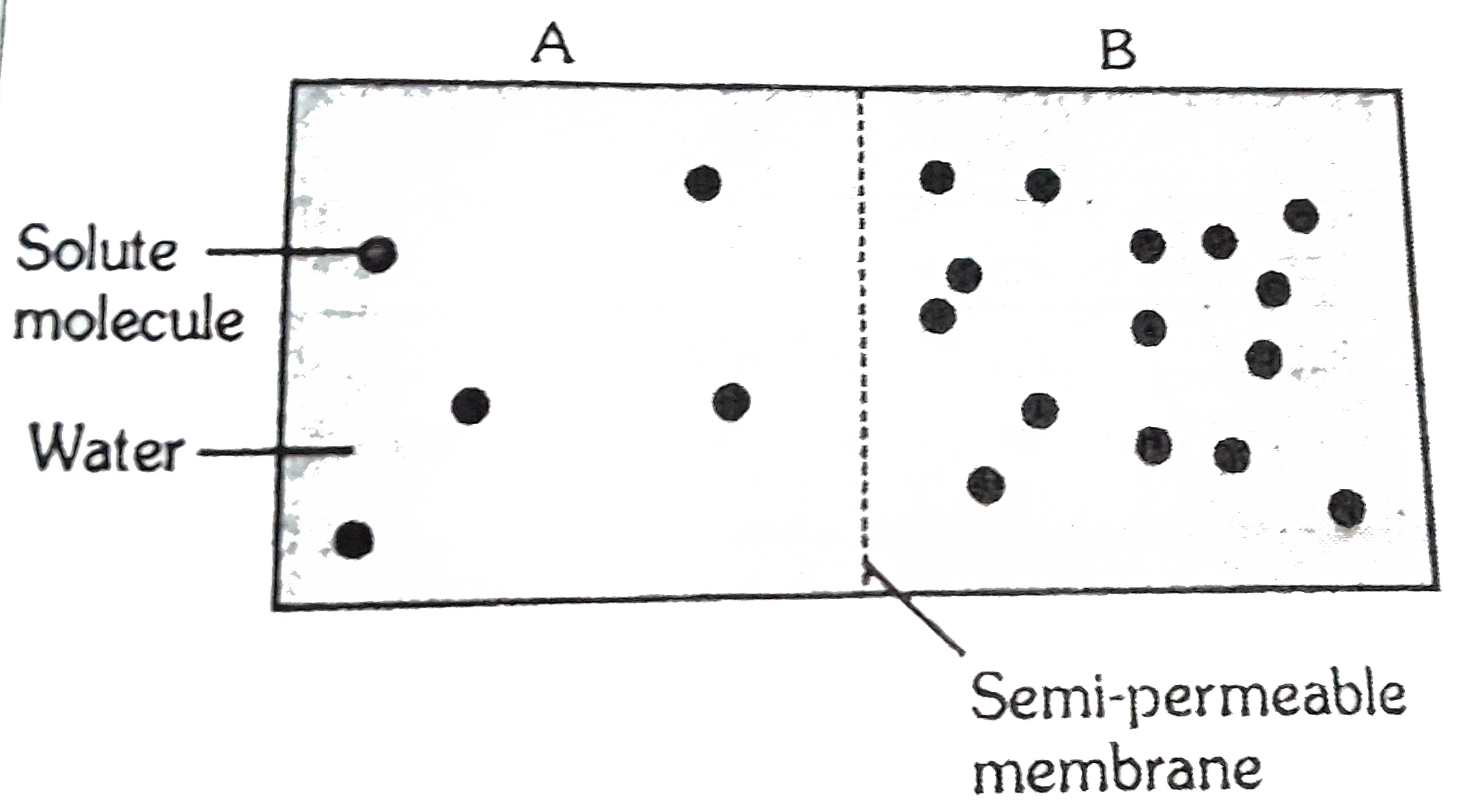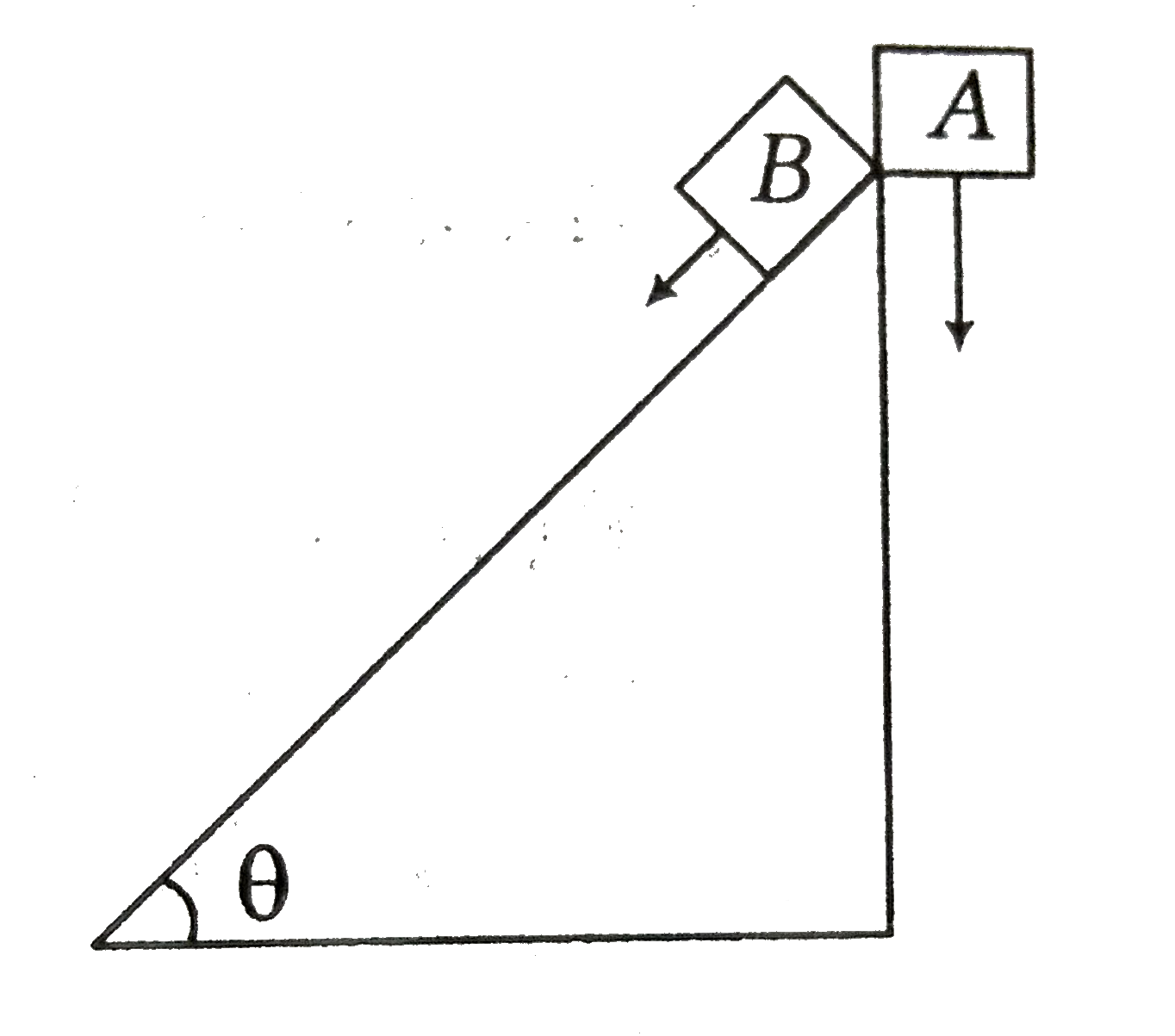Read each statement below carefully and state with reason and examples, if it is true or false.
A scalar quantity is one that
(a) is conserved in a process
(b) can never take negative values
(c) must be dimensionless
(d) does not vary from one point to another in space
(e) has the same value for observers with different orientations of axes.
To determine whether each statement about scalar quantities is true or false, we will analyze each statement one by one, providing reasons and examples.
Solution:
(a) A scalar quantity is conserved in a process.
- Answer: False
- Reason: Not all scalar quantities are conserved in every process. For example, in nuclear reactions, mass is not conserved due to mass-energy equivalence. Similarly, in inelastic collisions, kinetic energy (a scalar quantity) is not conserved.
- Example: In a nuclear reaction, the total mass before the reaction does not equal the total mass after the reaction.
(b) A scalar quantity can never take negative values.
- Answer: False
- Reason: Scalar quantities can indeed take negative values. For instance, temperature can be negative in the Celsius and Kelvin scales (e.g., -10°C).
- Example: The temperature of a substance can be -5°C, which is a scalar quantity.
(c) A scalar quantity must be dimensionless.
- Answer: False
- Reason: Scalar quantities can have dimensions. For example, length is a scalar quantity and has the dimension of length (L).
- Example: The length of an object, say 5 meters, is a scalar quantity with dimensions of length.
(d) A scalar quantity does not vary from one point to another in space.
- Answer: False
- Reason: Scalar quantities can vary from one point to another in space. For instance, the temperature in different locations can vary.
- Example: The temperature at different points in a room can be different, such as 20°C in one corner and 22°C in another.
(e) A scalar quantity has the same value for observers with different orientations of axes.
- Answer: True
- Reason: Scalar quantities are independent of the coordinate system used. For example, the distance between two points remains the same regardless of how the axes are oriented.
- Example: If point A is 5 meters away from point O, this distance remains 5 meters regardless of how the coordinate axes are rotated.
Summary of Answers:
- (a) False
- (b) False
- (c) False
- (d) False
- (e) True
- Answer: False
- Reason: Not all scalar quantities are conserved in every process. For example, in nuclear reactions, mass is not conserved due to mass-energy equivalence. Similarly, in inelastic collisions, kinetic energy (a scalar quantity) is not conserved.
- Example: In a nuclear reaction, the total mass before the reaction does not equal the total mass after the reaction.
- Answer: False
- Reason: Scalar quantities can indeed take negative values. For instance, temperature can be negative in the Celsius and Kelvin scales (e.g., -10°C).
- Example: The temperature of a substance can be -5°C, which is a scalar quantity.
- Answer: False
- Reason: Scalar quantities can have dimensions. For example, length is a scalar quantity and has the dimension of length (L).
- Example: The length of an object, say 5 meters, is a scalar quantity with dimensions of length.
- Answer: False
- Reason: Scalar quantities can vary from one point to another in space. For instance, the temperature in different locations can vary.
- Example: The temperature at different points in a room can be different, such as 20°C in one corner and 22°C in another.
- Answer: True
- Reason: Scalar quantities are independent of the coordinate system used. For example, the distance between two points remains the same regardless of how the axes are oriented.
- Example: If point A is 5 meters away from point O, this distance remains 5 meters regardless of how the coordinate axes are rotated.
- (a) False
- (b) False
- (c) False
- (d) False
- (e) True
Topper's Solved these Questions
- BOOK - NCERT ENGLISHCHAPTER - MOTION IN A PLANE EXERCISE - EXERCISE32videos
MOTION IN A PLANE
- BOOK - NCERT ENGLISHCHAPTER - MECHANICAL PROPERTIES OF SOLIDSEXERCISE - EXERCISE21videos
MECHANICAL PROPERTIES OF SOLIDS
- BOOK - NCERT ENGLISHCHAPTER - MOTION IN A STRAIGHT LINEEXERCISE - EXERCISE28videos
MOTION IN A STRAIGHT LINE
Similar Questions
Read each statement below carefully and state with reasons, with it is true or false :
(a) The magnitude of vector is always a scalar.
(b) Each component of a vector is always a scalar.
(c) The total path length is always equal to the magnitude of the displacement vector of a particle.
(d) The average speed of a particle (defined as total path length divided by the time taken to cover the path) is greater or equal to the magnitude of average velocity of the particle over the same interval of time.
(e) three vectors not lying in a plane can never add up to give a null vector.View SolutionRead each statement below carefully and state, with reasons, if it is true or false :
(a) The net acceleration of a particle in circular motion is always along the radius of the circle towards the center.
(b) The velocity vector of a particle at a point is always along the tangent to the path of the particle at that point.
(c) The acceleration vector of a particle in uniform circular motion averaged over one cycle is a null vector.View SolutionStudy the given figure carefully and select the true and false:- statement(s) regarding it.

(a) Solution of chamber B has a lower water potential.
(b) Solutio of chamber A has a lower solute potential
(c). Osmosis occurs from chamber A to B.
(d) Solution f cham ber B has higher solute potential.
(e) At equlibrium both chambers have equal water potential.
(f) If one chamber has a Ψ of -2000 kPa and the other -1000kPa then chamber with Ψ of -1000 kPa has the highger ΨView SolutionThese questions consists of two statements each printed as Assertion and Reason. While answering these question you are required to choose any one of the following five reponses
(a) If both Assertion and Reason arecorrect and Reason is the correct explanation of Asserrtion.
(b) If both Assertion and Reason are correct but Reason is not the correct explanation of Assertion.
(c ) If Assertion is true but Reason is false.
(d) If Assertion is false but Reason is true.
Assertion . Work done by constant force is equal to magnitude of force multiplied by displacement.
Reason. Work done is scalar quantity. If may be positive, negative or zero.View SolutionThese questions consists of two statements each printed as Assertion and Reason. While answering these question you are required to choose any one of the following five reponses
(a) If both Assertion and Reason arecorrect and Reason is the correct explanation of Asserrtion.
(b) If both Assertion and Reason are correct but Reason is not the correct explanation of Assertion.
(c ) If Assertion is true but Reason is false.
(d) If Assertion is false but Reason is true.
Assertion If work done by conservative force is negative, then potential energy associated with that force should increase.
Reason This is according to the relation
ΔU=−W
Here, ΔU is change in potential energy and W is work done by conservative force.View Solutiona. Statement- 1 and Statement- 2 are true, and state-ment- 2 is the correct explanation of Statement- 1.
b. Statement- 1 and Statement- 2 are true but Statement- 2 is not the correct explanation of Statement- 1.
c. Statement- 1 is true and Statement- 2 is false.
d. Statement- 1 is false and Statement- 2 is true.
e. Statement- 1 is false and Statement- 2 is false.
Statement- 1:
Compound (I) is formed not (II).
 and
and 
Statement- 2:
Due to the reduction of central ring, 3 four-membered anti-aromatic rings become stable to from (I). In (II), due to the reduction of terminal ring, only one anti-aromatic ring can be stabilised.View SolutionThese questions consists of two statements each printed as Assertion and Reason. While answering these question you are required to choose any one of the following five reponses
(a) If both Assertion and Reason arecorrect and Reason is the correct explanation of Asserrtion.
(b) If both Assertion and Reason are correct but Reason is not the correct explanation of Assertion.
(c ) If Assertion is true but Reason is false.
(d) If Assertion is false but Reason is true. Assertion The work done in bringing a body down from the top to the base along a frictionless inclined plane is the same as the work done in bringing it down from the vertical side.
Reason The gravitational force on the body along the inclined plane is the same as that along the vertical side.View SolutionThese questions consists of two statements each printed as Assertion and Reason. While answering these question you are required to choose any one of the following five reponses
(a) If both Assertion and Reason arecorrect and Reason is the correct explanation of Asserrtion.
(b) If both Assertion and Reason are correct but Reason is not the correct explanation of Assertion.
(c ) If Assertion is true but Reason is false.
(d) If Assertion is false but Reason is true.
Assertion An object A is dropped from the top of an incline at t=0, as shown. It will fall under gravity as indicated by the arrow. At the same time, i.e., t=0, another object B begins to slide down the frictionless incline.

The two objects during their motion to the ground level will be travelling at equal speeds.
Reason Net force on both the objects during their motion is same.View SolutionThese questions consists of two statements each printed as Assertion and Reason. While answering these question you are required to choose any one of the following five reponses
(a) If both Assertion and Reason arecorrect and Reason is the correct explanation of Asserrtion.
(b) If both Assertion and Reason are correct but Reason is not the correct explanation of Assertion.
(c ) If Assertion is true but Reason is false.
(d) If Assertion is false but Reason is true. Assertion A body is moving along X-axis. Force F=−2x2 is acting on it and work done by this force in moving the body from x=-2 to x=-+2 is zero.
Reason From x=-2 to x=0, work done is negative and from x=0 to x=+2, work done is negative.View SolutionThese questions consists of two statements each printed as Assertion and Reason. While answering these question you are required to choose any one of the following five reponses
(a) If both Assertion and Reason arecorrect and Reason is the correct explanation of Asserrtion.
(b) If both Assertion and Reason are correct but Reason is not the correct explanation of Assertion.
(c ) If Assertion is true but Reason is false.
(d) If Assertion is false but Reason is true.
Assertion Consider a person of mass 80 kg who is climbing a ladder. In climbing up a vertical distance of 5 m, the contact force exerted by ladder on person's feet does 4000 J of work. [Consider g=10 ms−2]
Reason Work done by a force F is defined as the dot product of force with the displacement of point of application of force.View Solution

